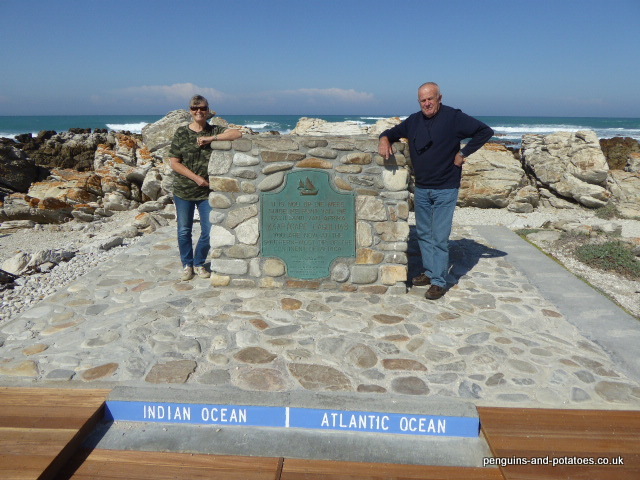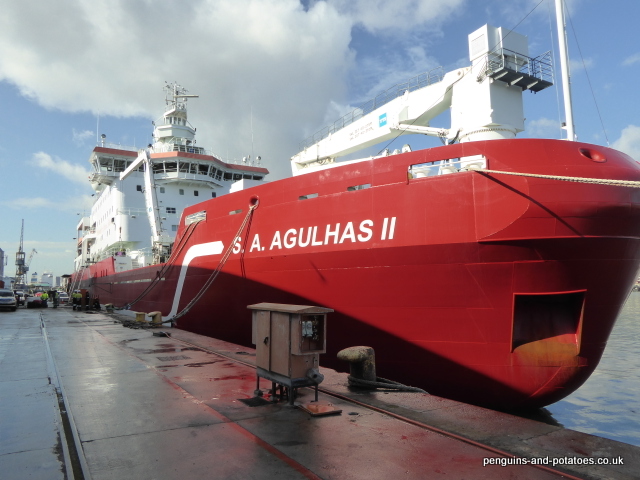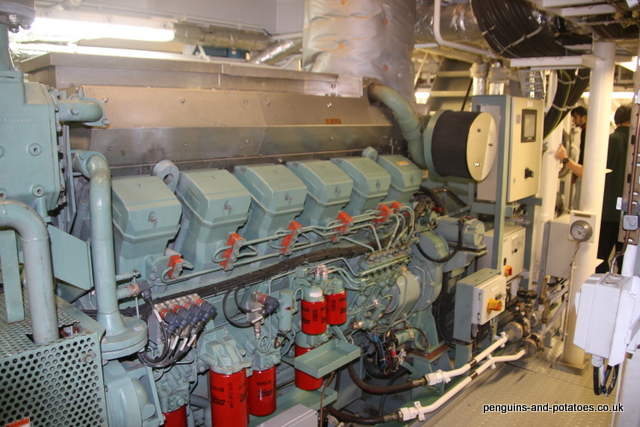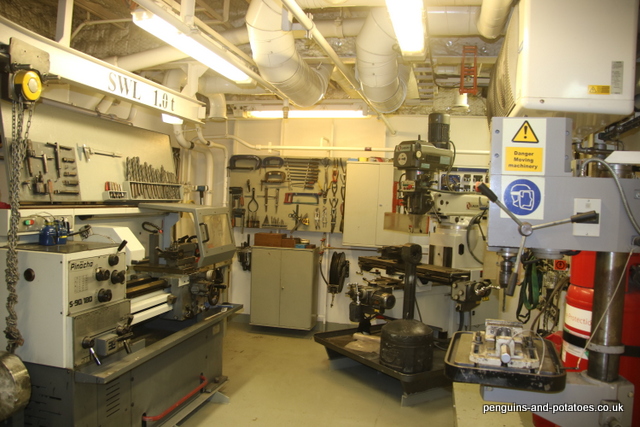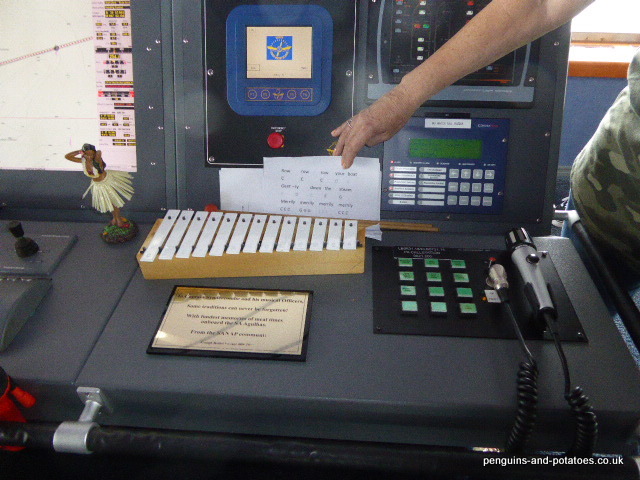I have published below copies of my local newsletter, the Farming News, which I have been putting out to the islanders of Tristan to keep them informed on what has been happening in agriculture on the island. All islanders are heavily involved in agriculture – every household owns its own cattle and sheep, and every household grows potatoes in one or more Potato Patches, down on the western plain.
It has been vital that I have done my best to involve the islanders in the work that I have been doing. For any progress to be made, and to be lasting, it is of course key that the islanders themselves are involved, and advocacy has been a major part of my work. It is quite deliberate that I have referred to my final report, which will be able to give every islander a comprehensive picture of the steps that can be taken towards a more productive farming system.
Meanwhile, we are due to leave Tristan da Cunha in about two weeks time. There are several more articles that I aim to publish in the coming months, when I am off-island.
TDC Farming News Issue 4 March 2019
This is the fourth, and of course the final, ‘Farming News’ that I have put out in my time on Tristan. As soon as the Edinburgh arrives back from Cape Town, Bee and I will be boarding, and leaving behind our Tristan friends and the farming challenges on the island.
I would like to use this page to summarise some of the steps that we have been able to take in the last 2 ¼ years, to outline the farming future which is now much more clear, and to make some suggestions to increase productivity.
Firstly, the cattle. The decision to reduce the quota to one per household has been talked about for the last 40 years. I have no doubt at all that it was the right decision, and that it will result in better pastures and greater production of meat. It is only now, at the end of March, that we are coming up to the slaughter deadline for the new quota, and it will take at least three years before the reduced stock numbers are seen throughout the cattle population, including the youngstock. Provided that the situation is handled properly, the increased growth rates will result in one of two possibilities – either owners will decide to slaughter their steers younger than has been the case up to now, or legislation will catch up with the quicker maturity of the cattle to reduce the compulsory slaughter age. Either way, this will have the same result of having even fewer animals grazing at any one time. In turn, this will enable the Department to have better control over the pastures, and it should be that in four or five years time the island will be able to start cutting surplus grass for hay, resulting in a stock of hay for winter feed which in turn, of course, will result in even better growth rates. In my view this all heralds the most exciting period for the proper management of cattle on Tristan since the early days of man on the island.
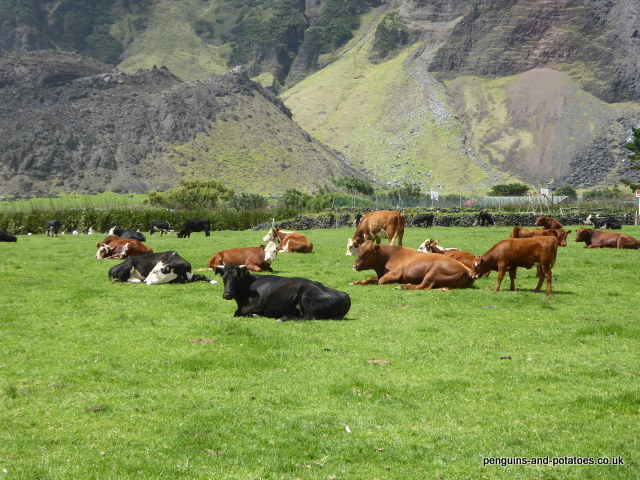
Whereas steps towards the progress in productivity in the cattle are now in hand, the improvement in the sheep has not yet started, but it is now planned. It has now been finally decided to introduce new genetics to the sheep on the island by the use of AI, using semen of Cheviot rams from the UK. Sheep AI is quite different from cattle AI – in some regards it is more simple, and in other ways it is more complicated. The first sheep AI programme should be happening in a year’s time, and islanders should be able to repeat the programme every three or four years, aimed at continuous improvement and increased productivity. The Cheviot breed was chosen because it is hardy (thus suitable for the harsh Tristan conditions), it has a good carcass quality, and it has excellent wool quality.
Livestock are of course dependent on grass production. Almost all the soil on the island is extremely acid, with pH levels between 4.5 and 4.8. To start the process of pH correction, in the last two years 70 tonnes of lime has been spread on the pastures. Improvement in grass production is visible already. This is just the start of a large long-term programme. In round figures, 7 tonnes per hectare is needed on the 350 hectares of pasture, a total of 2,450 tonnes of lime.
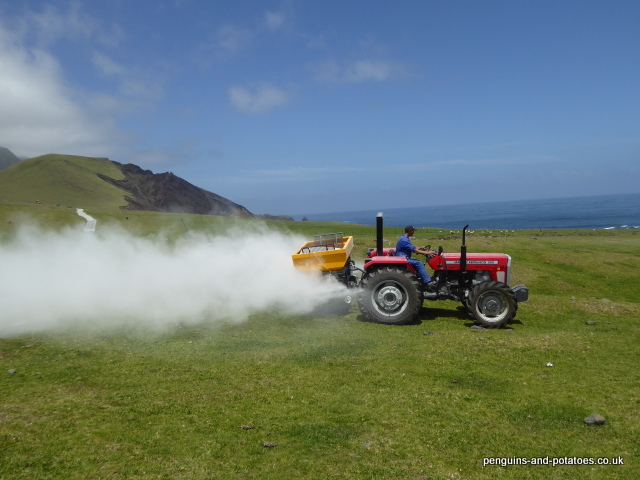
Lime is not, of course, the only requirement for increased grass production. We also need to see a concerted programme of surface harrowing, and the regular application of fertiliser, particularly Nitrogen. Urea contains double the percentage of nitrogen of any other fertiliser available, thus it costs half the amount to ship compared with other fertilisers (per unit of nitrogen) and it is easier to handle and spread.
It has been an interesting two years as far as the Greenhouses are concerned. In the middle of 2017 a consignment of all sorts of horticultural equipment and materials was received, and this enabled the greenhouses to at last start to become properly productive. We successfully grew salad crops throughout the winter months, we grew a range of culinary herbs, we grew a range of ornamental plants for sale in the agri shop, and we germinated a large quantity of vegetable plants for islanders to grow-on. We have established the principle of achieving production in the greenhouses, but in the future it will be necessary to work hard to keep the momentum going to achieve maximum production all through the year.
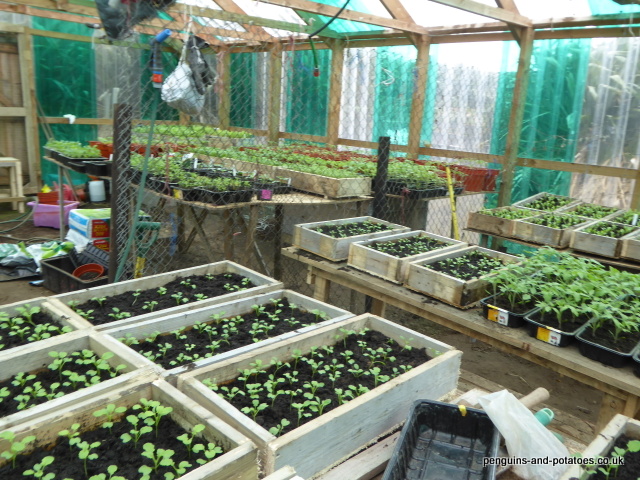
In the last two years there have been two incidents in which the entire consignment of imported fruit and vegetables coming to the island shop had to be dumped. This highlights the necessity, for strategic reasons, of the island becoming as self-sufficient as possible. My Final Report illustrates a range of steps that can be taken to improve agricultural production on Tristan. This includes a proposal for the recycling of ground crayfish shells from the factory, which would undoubtedly help crop and grass production.
Bee and I would like to thank you, the people of Tristan, for your exceptional hospitality and kindness to us during our time on the island. Best of luck for the future.
Alasdair Wyllie – Agriculture Adviser and Editor of TDC Farming News

